Home>Furniture & Design>Kitchen Furniture>How To Recover Dining Chairs
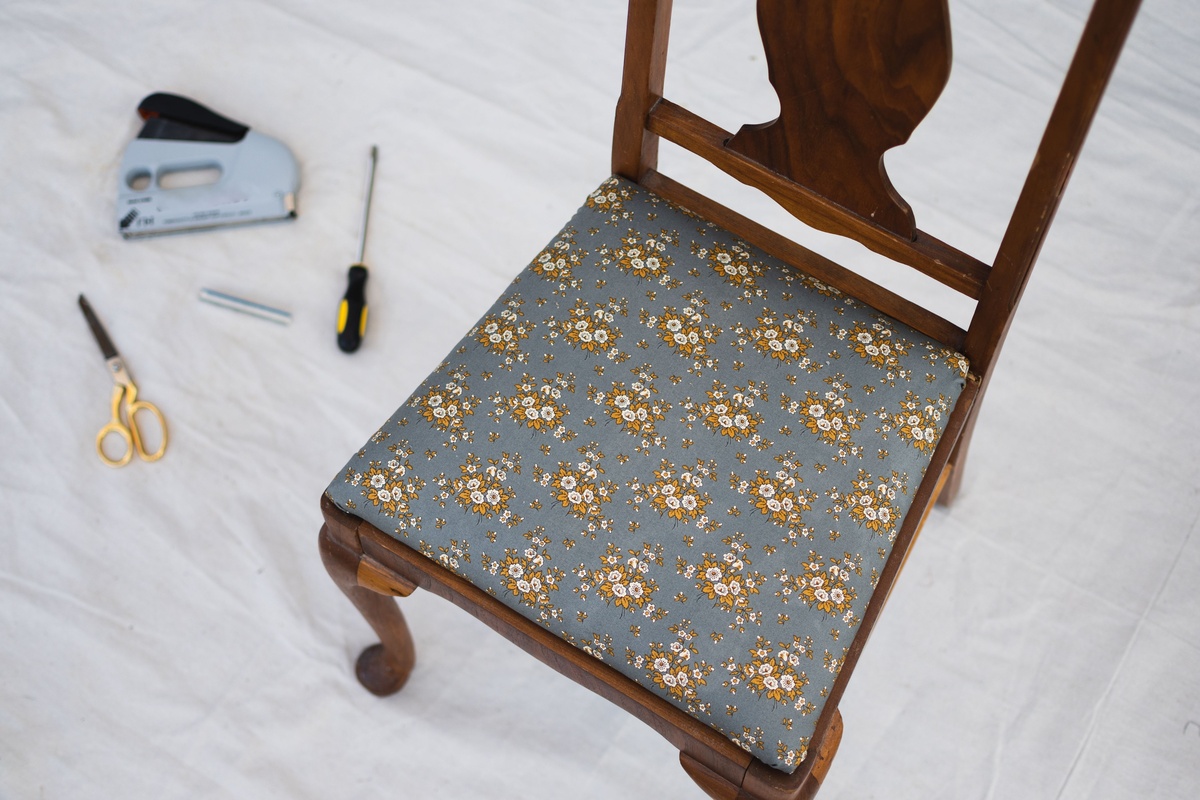

Kitchen Furniture
How To Recover Dining Chairs
Modified: March 2, 2024
Learn how to recover dining chairs with our expert tips and tricks. Revamp your kitchen furniture and design with our easy DIY solutions.
(Many of the links in this article redirect to a specific reviewed product. Your purchase of these products through affiliate links helps to generate commission for Storables.com, at no extra cost. Learn more)
Introduction
Are your dining chairs showing signs of wear and tear? Perhaps the once-sturdy joints are now wobbly, the upholstery is worn, or the wood finish has lost its luster. Before you consider replacing them, why not explore the possibility of restoring these beloved pieces to their former glory? With a little know-how and some elbow grease, you can breathe new life into your dining chairs, adding a touch of charm and character to your dining space.
In this comprehensive guide, we will walk you through the process of revitalizing your dining chairs. From assessing the damage to executing repairs, reupholstering the seats, refinishing the wood, and adding those final finishing touches, we'll cover every step of the journey. Whether you're a seasoned DIY enthusiast or a novice looking to embark on your first furniture restoration project, this guide is designed to equip you with the knowledge and confidence to tackle the task at hand.
So, roll up your sleeves, gather your tools, and prepare to embark on a rewarding adventure in furniture restoration. Let's dive into the art of revitalizing dining chairs and discover the satisfaction of breathing new life into cherished furniture pieces.
Key Takeaways:
- Breathe new life into worn dining chairs by repairing loose joints, reupholstering seats, refinishing wood, and adding personal touches. Embrace the satisfaction of restoring cherished furniture to its former glory.
- Transform your dining space by revitalizing dining chairs. From assessing damage to final assembly, infuse your personal style and creativity into the restoration process, creating a warm and inviting environment for shared meals and cherished moments.
Read more: How Much Fabric To Recover Dining Chairs
Assessing the Damage
Before diving into the restoration process, it’s essential to assess the condition of your dining chairs. Start by closely examining each chair for visible signs of wear and damage. Check the joints and connections to identify any wobbliness or instability. Inspect the upholstery for tears, stains, or excessive wear, and evaluate the wood finish for scratches, dents, or discoloration.
Loose Joints: If you notice wobbliness or creaking when you sit on the chair, the joints may be compromised. Wiggle the chair gently to pinpoint the source of the instability. Loose connections between the legs and the seat or backrest are common issues that can be addressed through simple repairs.
Upholstery Condition: Examine the upholstery to determine whether it needs to be replaced or repaired. Look for tears, fraying fabric, or stains that have penetrated the material. Consider the overall comfort and support provided by the existing upholstery, as this can impact the chair’s usability and aesthetic appeal.
Wood Finish: Evaluate the condition of the wood frame and legs. Look for scratches, dents, or areas where the finish has worn off. Consider the color and sheen of the wood, as these elements contribute significantly to the chair’s visual appeal.
By thoroughly assessing the damage, you’ll gain a clear understanding of the restoration tasks ahead. This initial step will guide your approach to repairing loose joints, reupholstering the seats, and refinishing the wood, ensuring that your efforts are targeted and effective.
Repairing Loose Joints
Addressing loose joints is a crucial aspect of restoring the structural integrity of your dining chairs. Loose connections between the legs, seat, and backrest can compromise the stability and safety of the chairs, making it essential to tackle this issue early in the restoration process.
Assessment: Begin by identifying the specific joints that are causing the wobbliness or creaking. Inspect the areas where the legs meet the seat and where the backrest connects to the frame. Once you’ve pinpointed the loose joints, you can proceed with the necessary repairs.
Tightening Screws and Bolts: In many cases, loose joints can be remedied by simply tightening the screws or bolts that secure the connections. Using a screwdriver or appropriate tool, carefully tighten each fastener, ensuring that the joint becomes stable and free from excess movement. Be cautious not to overtighten, as this can strip the threads or damage the wood.
Adding Wood Glue: For more severe joint instability, applying wood glue can provide a lasting solution. Disassemble the affected joints, apply a small amount of wood glue to the connecting surfaces, and reassemble the parts. Use clamps to hold the joint firmly in place as the glue sets, ensuring a strong and durable bond.
Reinforcing with Brackets: In instances where traditional repairs are insufficient, reinforcing the joints with metal brackets can offer added stability. Secure the brackets to the underside of the seat or the back of the chair, effectively fortifying the connections and preventing future wobbliness.
By addressing loose joints with precision and care, you can restore the structural soundness of your dining chairs, ensuring that they provide reliable support and comfort for years to come.
Reupholstering the Seats
Reupholstering the seats of your dining chairs presents an opportunity to breathe new life into these essential pieces of furniture. Whether the existing upholstery is worn, stained, or simply no longer complements your décor, reupholstering allows you to revitalize the chairs and infuse them with your personal style.
Removing the Old Upholstery: Begin by carefully removing the existing upholstery from the seat. Use a screwdriver to detach the seat from the chair frame, exposing the underside. If the upholstery is secured with staples, use a staple remover to gently pry them loose. Take note of the existing padding and any support materials beneath the fabric.
Assessing the Padding: Evaluate the condition of the seat padding. If it has become compressed or worn, consider replacing it with new foam or batting to ensure optimal comfort and support. Additionally, inspect the seat’s support system, such as webbing or springs, and address any issues that may affect the overall comfort of the chair.
Choosing New Fabric: Select a fabric that not only complements your dining space but also aligns with your desired aesthetic. Consider factors such as durability, ease of maintenance, and color or pattern compatibility with your existing décor. Upholstery fabrics come in a wide range of options, from luxurious velvet to durable performance fabrics, allowing you to tailor the look and feel of the chairs to your preferences.
Applying the New Upholstery: Cut the new fabric to size, allowing for ample coverage of the seat and a secure fit. Carefully wrap the fabric around the seat, ensuring a smooth and taut appearance. Secure the fabric to the underside of the seat using a staple gun, taking care to create neat, even folds at the corners for a professional finish.
Reattaching the Seats: Once the upholstery process is complete, reattach the newly upholstered seats to the chair frames. Ensure that the seats are securely fastened, and test their stability before returning the chairs to their designated dining area.
Reupholstering the seats of your dining chairs not only enhances their visual appeal but also allows you to customize their look to suit your personal style and preferences. This transformative process can breathe new life into your dining space, infusing it with charm and personality.
To recover dining chairs, measure the seat and back, choose fabric, remove old fabric, cut new fabric to size, and staple or glue it in place.
Refinishing the Wood
Refinishing the wood components of your dining chairs is a transformative process that can revive the natural beauty of the material, restoring its luster and enhancing the overall aesthetic appeal of the chairs.
Preparing the Surface: Begin by thoroughly cleaning the wood surfaces to remove dust, grime, and any residual finish. Use a gentle wood cleaner or a solution of mild soap and water to gently scrub the wood, ensuring that it is free from dirt and residue. Allow the wood to dry completely before proceeding.
Removing the Existing Finish: If the existing wood finish is worn, damaged, or no longer aligns with your desired aesthetic, consider stripping it away to reveal the natural wood beneath. Use a wood stripper or sanding method appropriate for the type of finish present on your chairs. Work methodically, following the wood grain, and ensure that all traces of the previous finish are removed.
Sanding and Smoothing: Once the old finish has been removed, sand the wood surfaces to create a smooth and even texture. Begin with a coarse-grit sandpaper to address any imperfections or stubborn residue, then progress to finer-grit sandpaper to achieve a silky-smooth finish. Take care to sand along the grain of the wood to prevent unsightly scratches or marks.
Applying the New Finish: Select a wood finish that complements the style of your dining chairs and aligns with your preferences. Whether you prefer a natural, matte look or a glossy, polished finish, there are numerous options available, including stains, varnishes, and protective coatings. Apply the chosen finish evenly, using a brush or cloth, and allow it to dry thoroughly between coats for a flawless result.
Sealing and Protecting: Once the final coat of finish has been applied and has cured according to the manufacturer’s instructions, consider applying a protective sealant to safeguard the wood from daily wear and tear. A clear polyurethane or lacquer can provide durable protection, enhancing the longevity and resilience of the refinished wood.
Refinishing the wood of your dining chairs not only revitalizes their appearance but also preserves and protects the natural material, ensuring that it remains an enduring and cherished element of your dining space.
Read more: How To Recover An Office Chair
Final Assembly and Finishing Touches
As you near the completion of the dining chair restoration process, the final assembly and finishing touches play a pivotal role in ensuring that the chairs are not only structurally sound and visually appealing but also seamlessly integrated into your dining space.
Assembly and Inspection: With the individual components of the chairs restored and refreshed, carefully reassemble them, ensuring that all joints are secure, the seats are properly aligned, and the overall stability of the chairs is verified. Tighten any fasteners as needed and conduct a thorough inspection to guarantee that each chair is in optimal condition.
Reinforcing Structural Elements: Consider reinforcing the structural elements of the chairs, such as adding felt pads to the bottom of the legs to protect your flooring or installing protective glides to minimize wear and noise. These small yet impactful additions can enhance the functionality and longevity of the chairs.
Adding Personal Touches: Infuse your restored dining chairs with personal touches that reflect your style and preferences. Consider embellishing the chairs with decorative accents, such as seat cushions or lumbar pillows, to introduce comfort and visual interest. Additionally, if the design of your chairs allows, consider customizing them with embellishments such as chair-back covers or decorative trim for an added touch of elegance.
Placement and Arrangement: Once the chairs are fully restored and adorned with your desired embellishments, carefully place them around your dining table, ensuring that they create a cohesive and inviting arrangement. Consider the spacing between the chairs, the visual balance they create, and their alignment with the overall aesthetic of your dining space.
Appreciating the Transformation: Take a moment to appreciate the transformation that your dining chairs have undergone. From worn and tired pieces in need of attention to revitalized and charming elements that contribute to the warmth and character of your dining area, the restored chairs are a testament to your dedication and creativity.
With the final assembly and finishing touches complete, your dining chairs are ready to take center stage in your home, inviting family and guests to gather around and enjoy memorable meals and moments in a space adorned with revitalized beauty and timeless appeal.
Conclusion
Embarking on the journey of restoring your dining chairs has not only revitalized these essential pieces of furniture but has also allowed you to infuse your personal touch and creativity into your living space. From repairing loose joints and reupholstering the seats to refinishing the wood and adding those final finishing touches, each step of the restoration process has contributed to the transformation of your dining chairs.
As you admire the revitalized chairs gracing your dining area, take pride in the craftsmanship and care that have gone into breathing new life into these beloved pieces. The restored chairs now stand as testaments to your dedication to preserving the beauty and functionality of cherished furniture, embodying the charm and character of your home.
Furthermore, the restoration process has provided an opportunity to connect with the timeless art of furniture revitalization, fostering a deeper appreciation for the craftsmanship and enduring quality of well-crafted pieces. By engaging in the restoration of your dining chairs, you have not only extended their lifespan but have also contributed to the sustainability of your home environment, minimizing waste and embracing the value of preservation and renewal.
As you gather around your dining table, surrounded by the revitalized beauty of your chairs, may the memories created in this space be enriched by the warmth and timelessness of your restored furniture. Your commitment to preserving and enhancing the elements that shape your living environment has created a space that is not only visually captivating but also steeped in the stories and sentiments that make a house a home.
With your dining chairs restored to their former glory, you have unlocked the potential for countless shared meals, conversations, and celebrations, all set against the backdrop of revitalized beauty and enduring craftsmanship. The journey of restoration has not only transformed your chairs but has also enriched the daily experiences and cherished moments that unfold within your home.
Frequently Asked Questions about How To Recover Dining Chairs
Was this page helpful?
At Storables.com, we guarantee accurate and reliable information. Our content, validated by Expert Board Contributors, is crafted following stringent Editorial Policies. We're committed to providing you with well-researched, expert-backed insights for all your informational needs.
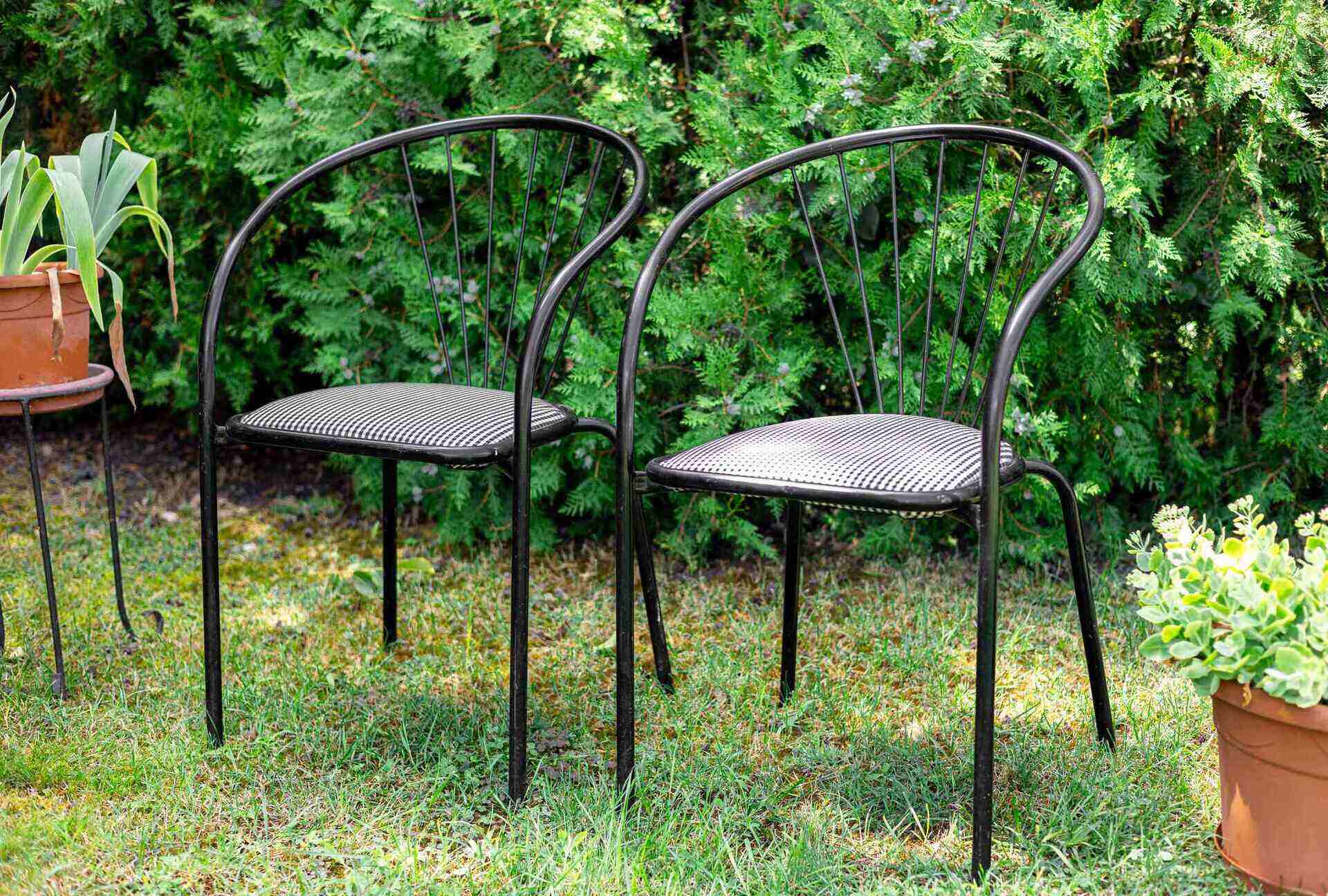
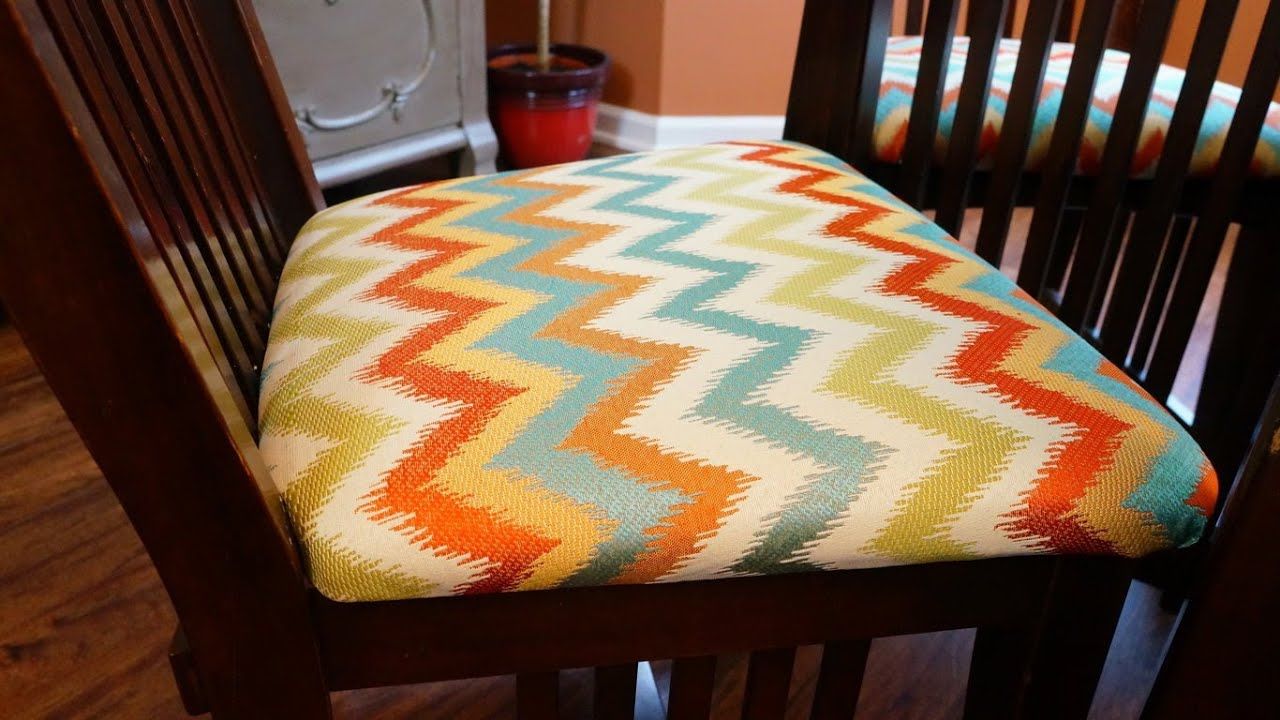
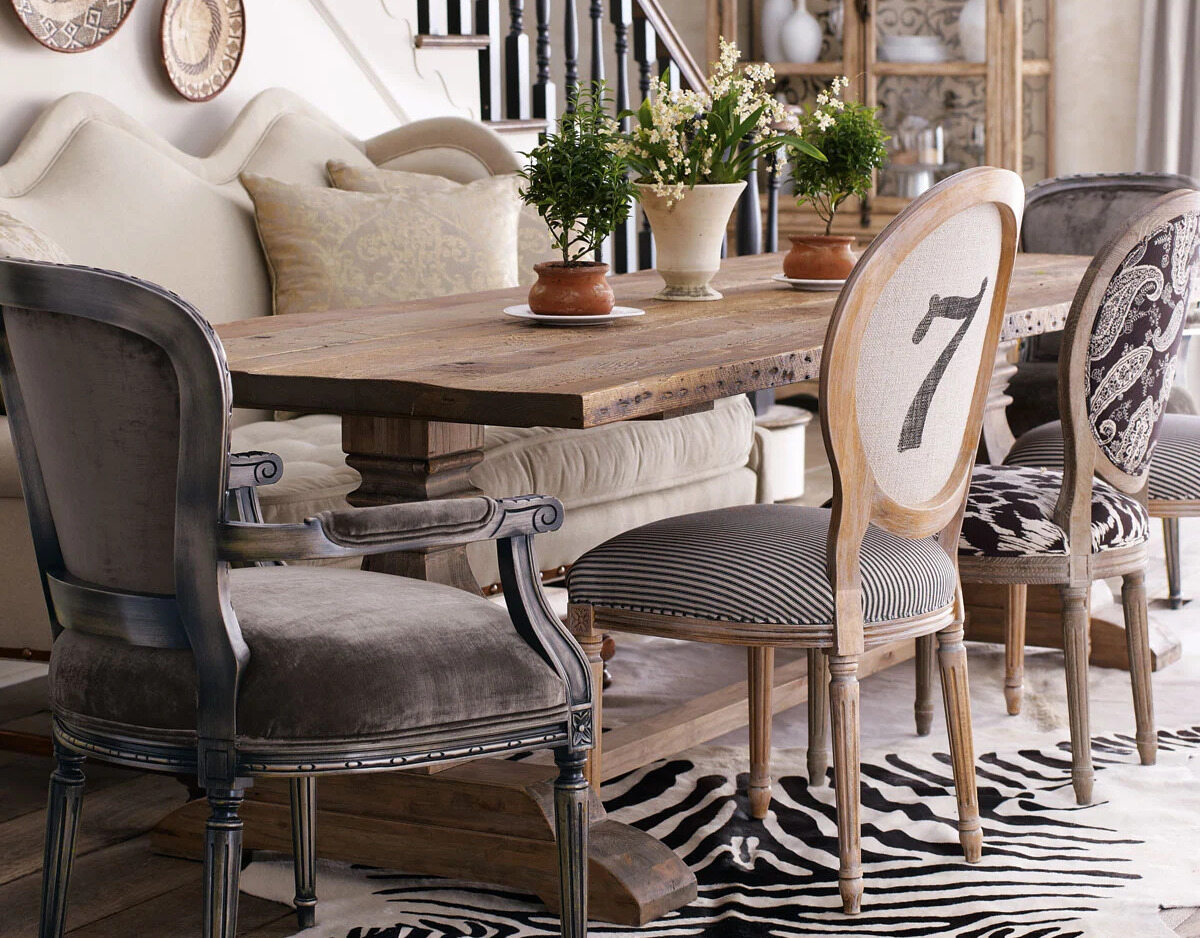
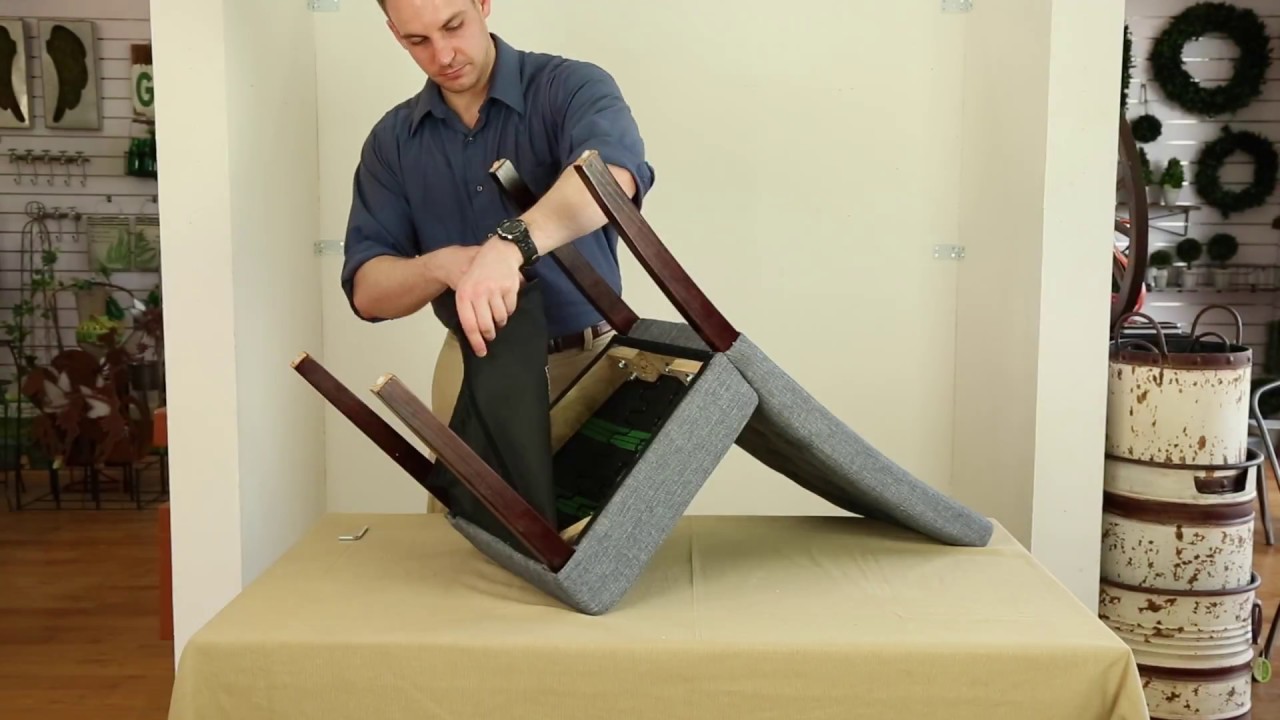
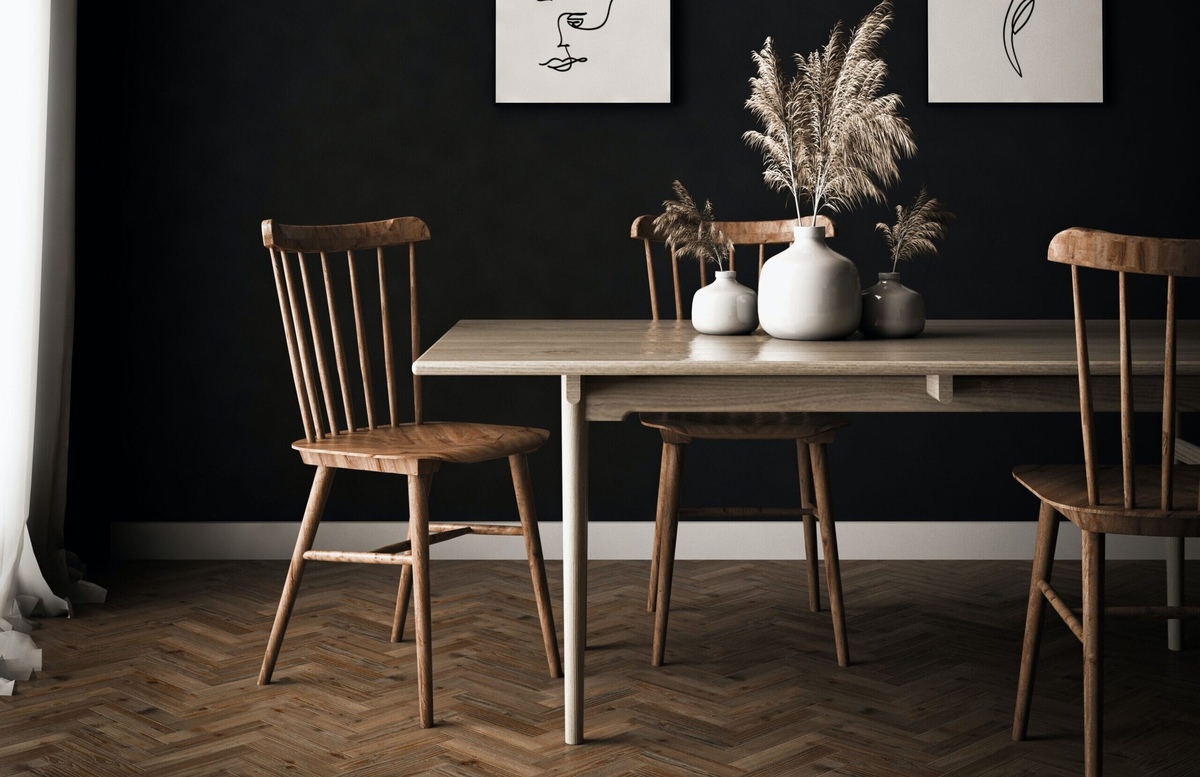
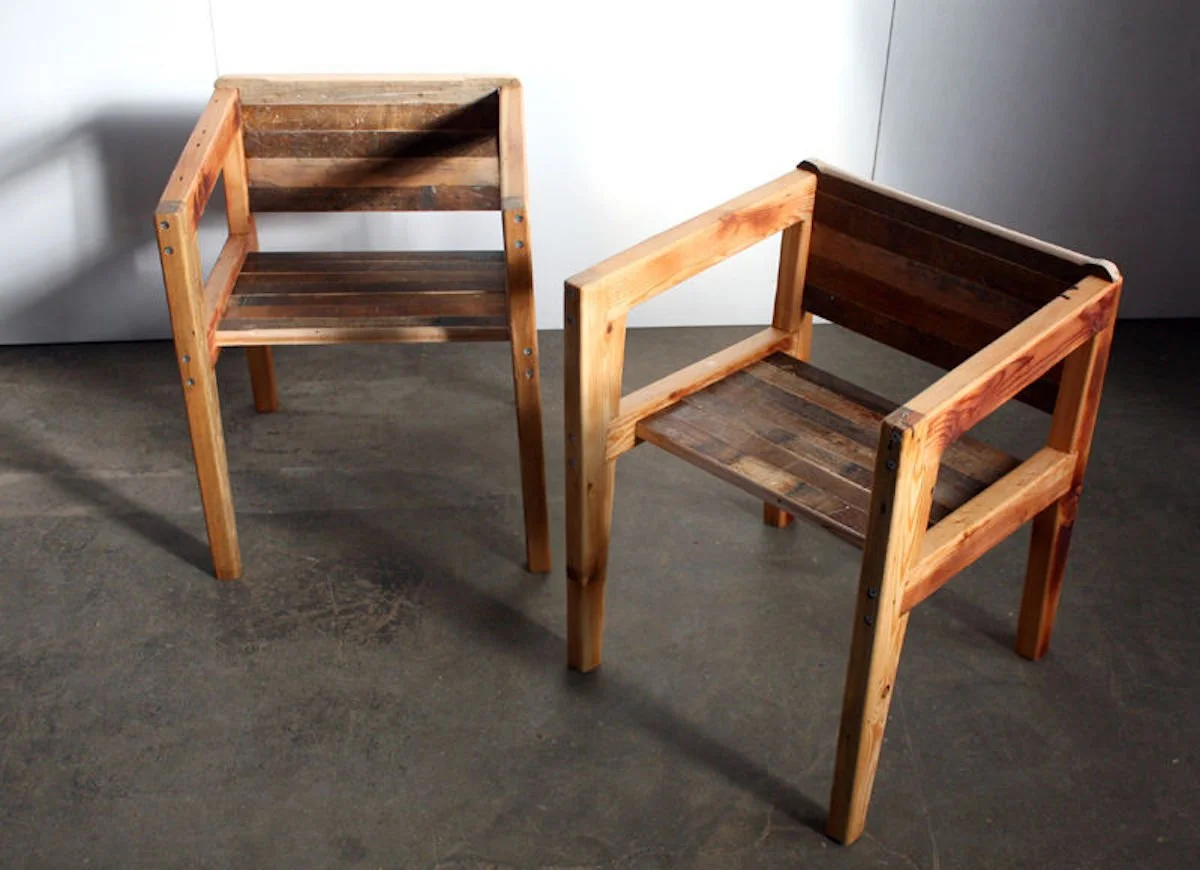
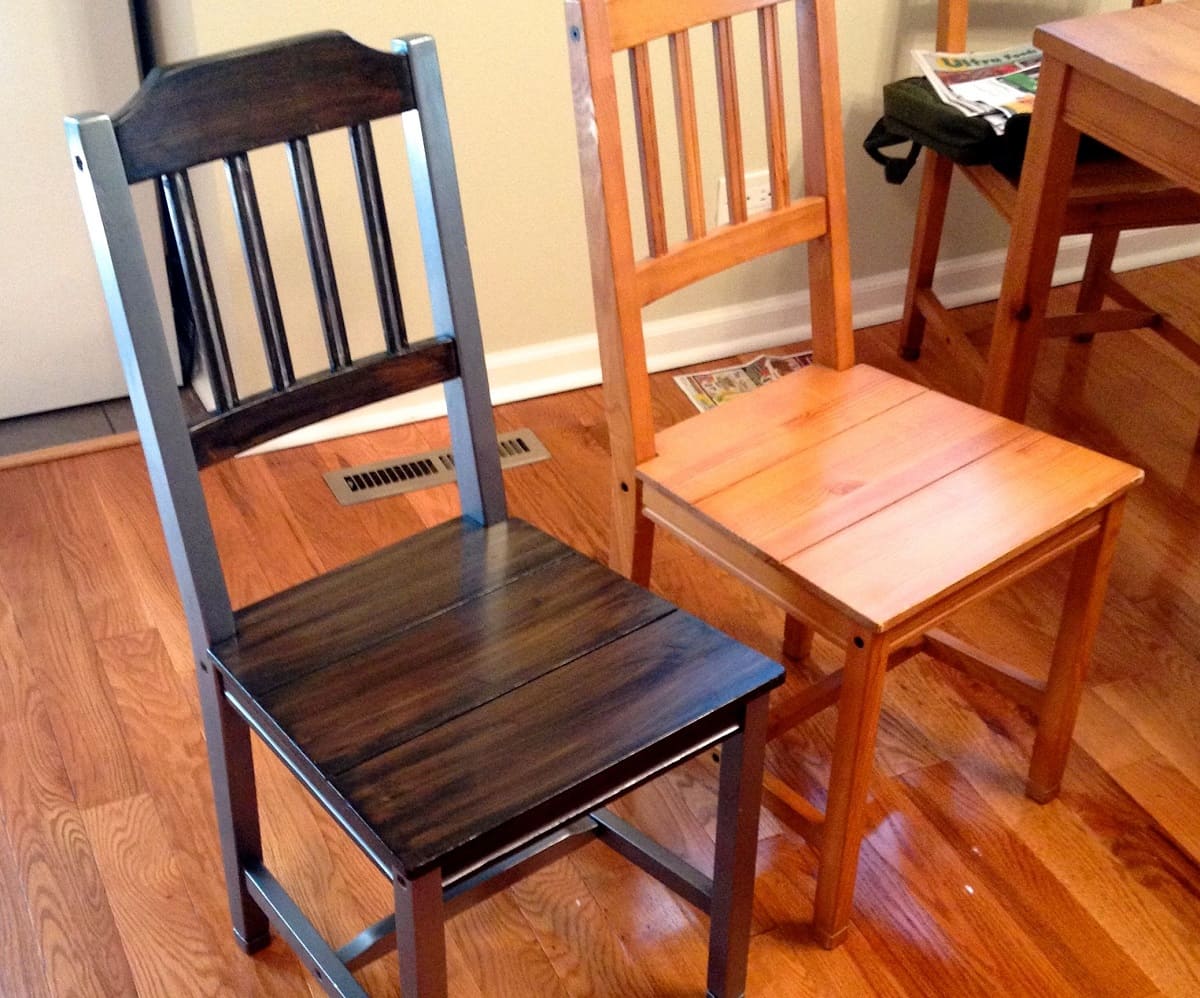
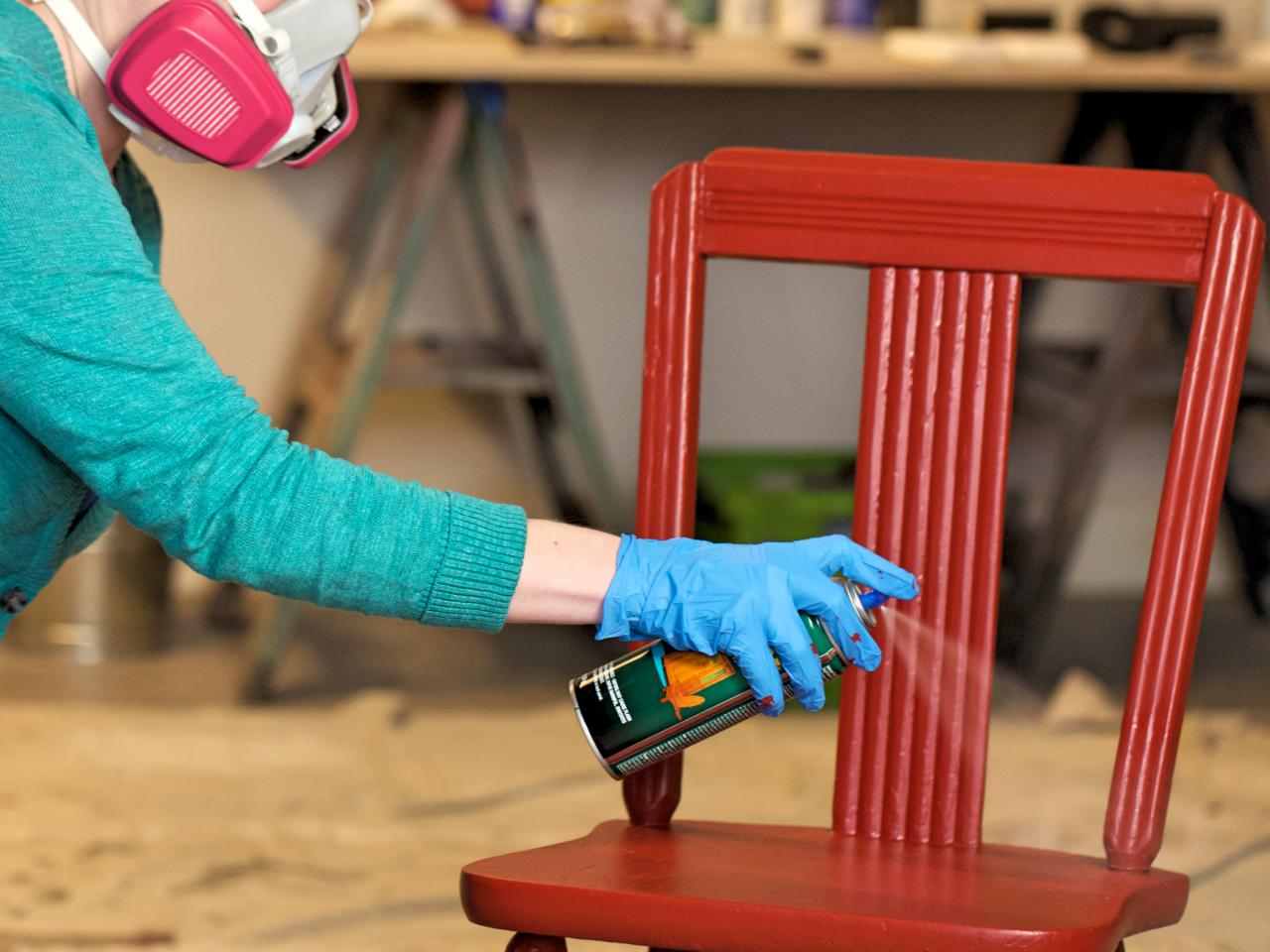
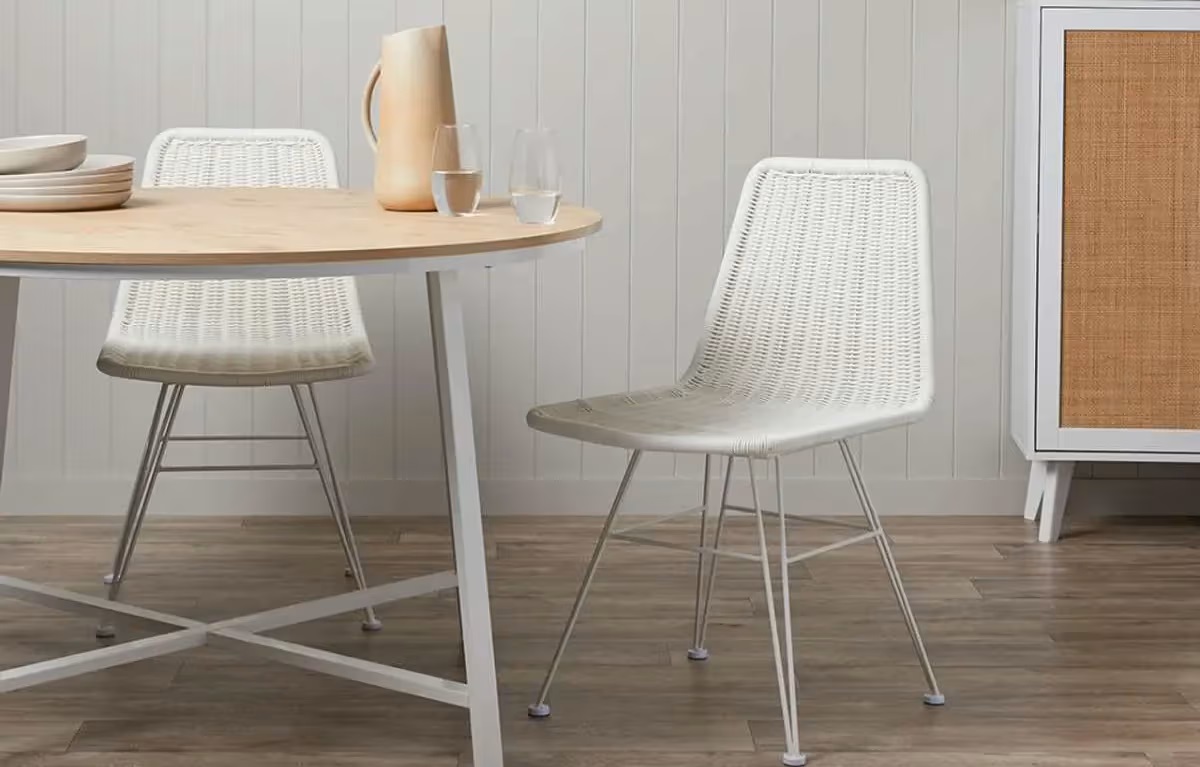
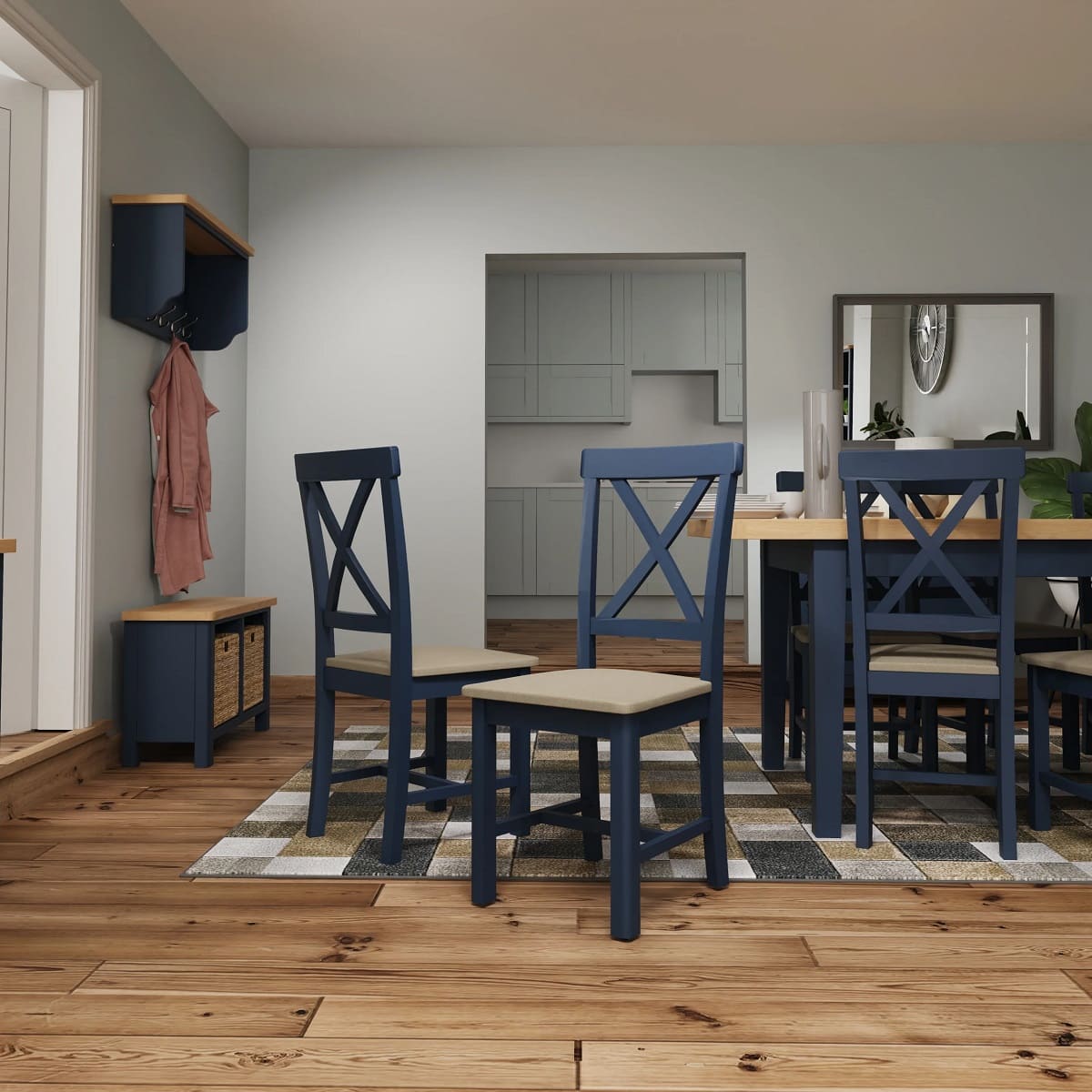

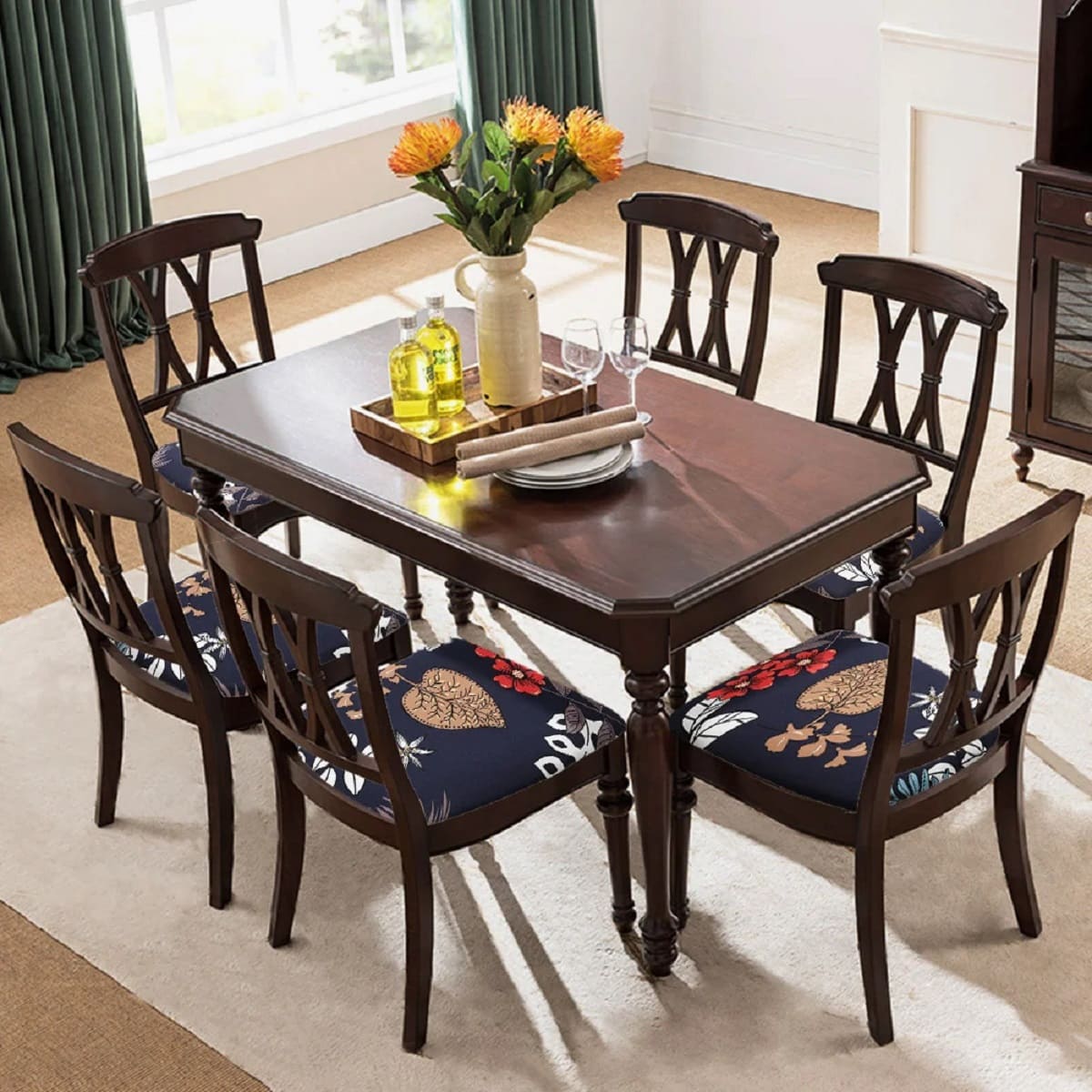
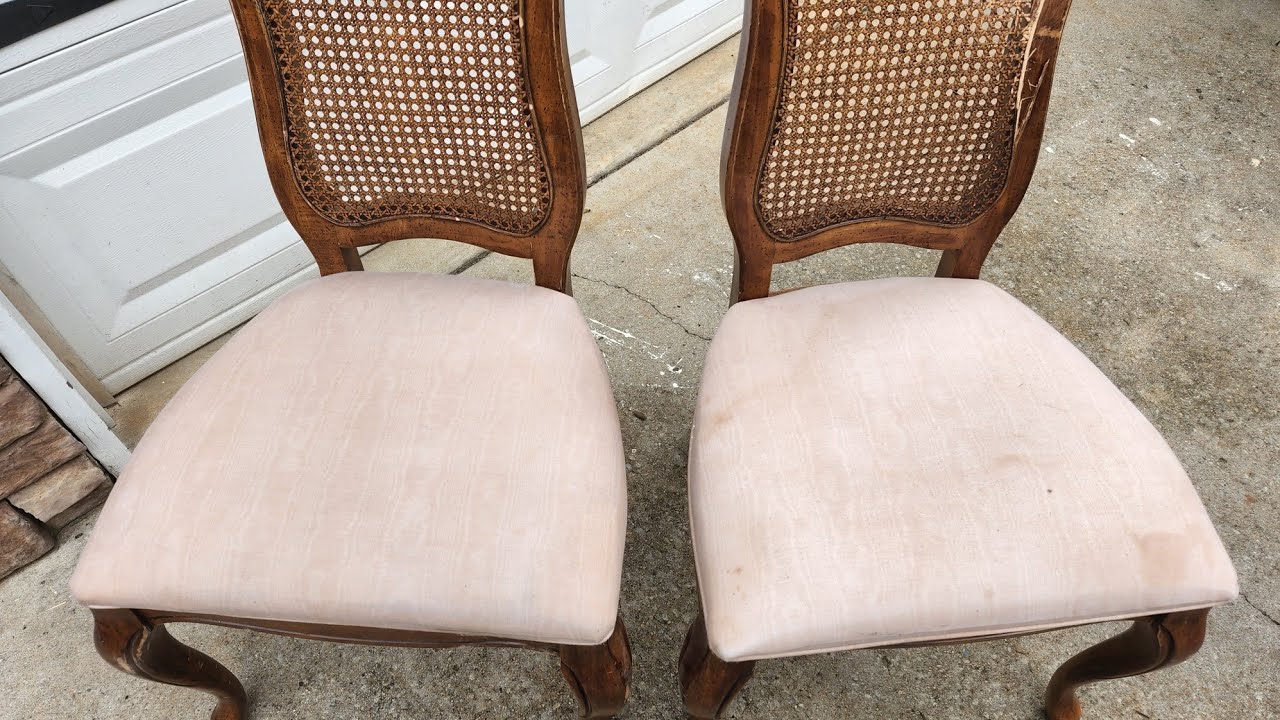
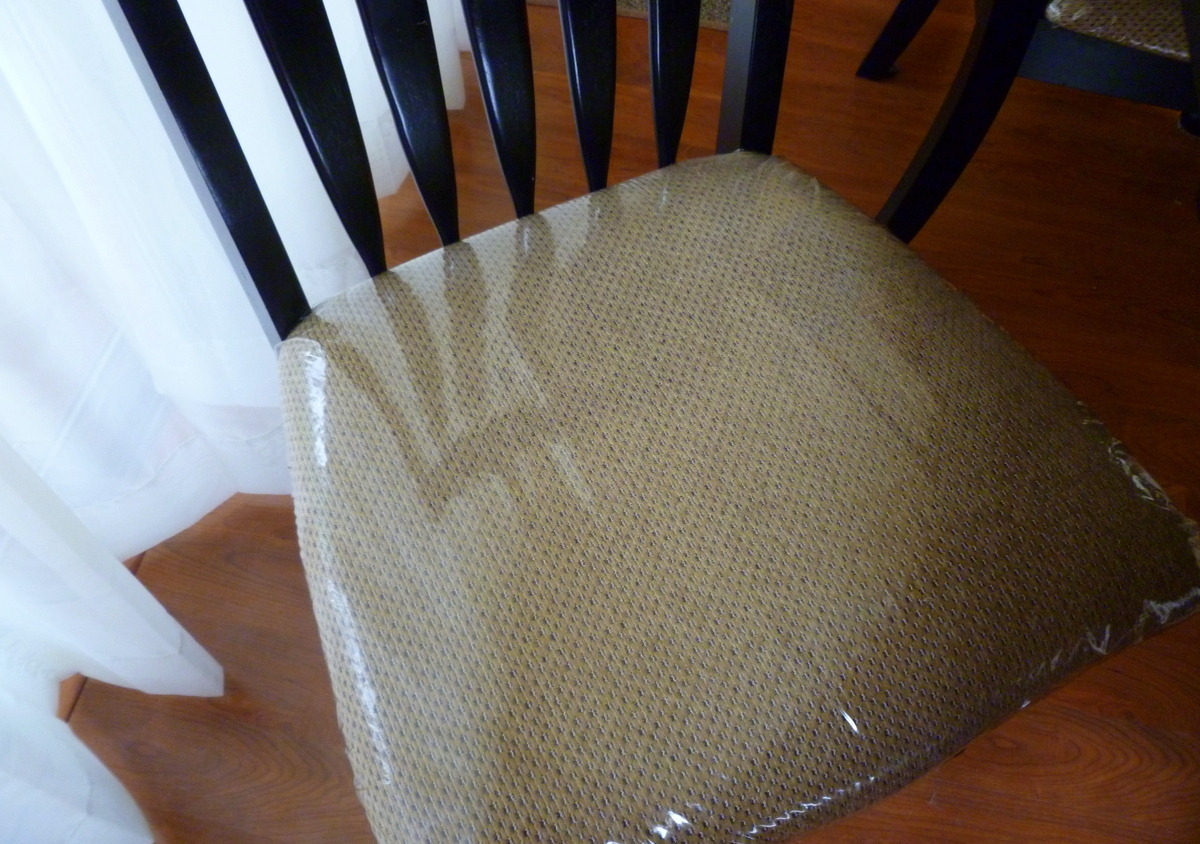

0 thoughts on “How To Recover Dining Chairs”